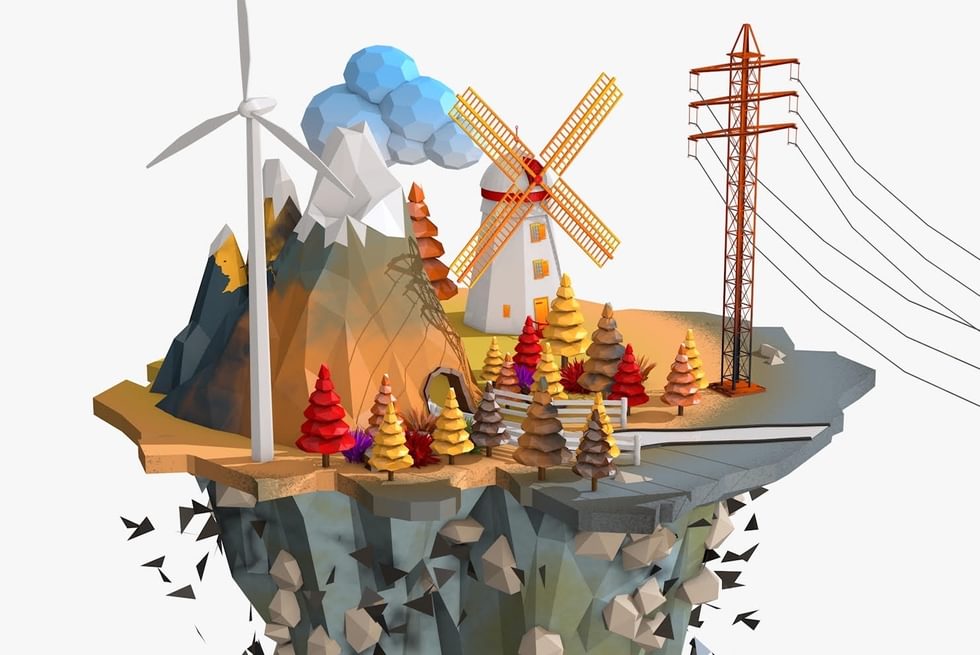Fissure
From the Series: Speaking Volumes
From the Series: Speaking Volumes

When ice fissures, as with the human body, it is indicative of stress and strain. With ice, the resultant crack or crevasse marks its presence on a glacier or ice sheet. The cause of the fissure is usually movement within the ice body, which then unleashes shearing stress. Fissuring refers to both process and outcome. But even when the glacier has fissured, the resultant crack or crevasse is never static. Cracks expand, melt, and transmogrify into other ice topologies. Further stress and exposure to water and wind determine, in part, the depth and width of fissuring.
Ice fissures are beautiful to watch. Some of the deepest and widest cracks in glaciers reveal tantalizing glimpses of what lies underneath the surface—stratified layers of ice and detritus, microorganisms that have survived in a metabolically inert state. Such cracks may reveal past objects long buried. Yet they also represent a hazard to the unwary. As countless mountaineers and polar explorers attest, crevasses have a nasty habit of hiding beneath a superficial layer of snow and ice. Falling into a fissure is no laughing matter; it might extend downward for many meters, with fatal consequences.
The fissure strikes me as an apt analytic for recent thinking around the volumetric turn in geopolitics and the more-than-human qualities of territory and terrain (see Elden 2013). A fissured ontology would highlight space as inherently dynamic, state-shifting, pressured, fractured. When fissures make their way through ice, for instance, the subterranean, surface, and air are made copresent: cracks allow surface water to penetrate below while the exposure of ice to air facilitates new formations such as snow bridges and large columns of glacial ice, which are created by the intersection of crevasses. The ongoing interaction between ice, water, and air ensures that the ice beneath a glacier or ice sheet is never fixed.
This inherent dynamism has attracted a flurry of human interest. While mountaineers know that crevasses are inherently capricious, military planners have often accorded ice sheets and glaciers a material permanence they don’t deserve. One of the most outlandish schemes to this effect was a U.S.-led operation during the Cold War called Project Ice Worm, which was designed to exploit an ice sheet for geostrategic advantage. Crevasses, fissures, and even tunnels were dug under the Greenland ice sheet with the assistance of tractors and drilling equipment. The U.S. Army planned to house a series of mobile missile-launch sites under the ice, with the idea that their subterranean position would make detection by Soviet forces difficult. In order to divert public attention from what they regarded as a cunning plan, the U.S. Army told their hosts, the Danish government, that they were constructing Camp Century, a site for investigating the feasibility of future subglacial construction techniques.
Initial construction work in the early 1960s entailed tunneling in northwest Greenland. The audaciousness of the plan, finally revealed to public scrutiny in the late 1990s, was truly breathtaking. The U.S. Army envisaged fissuring and tunneling the Greenlandic ice sheet to allow a complex of missile sites to be buried thirty feet below the surface and scattered across an area some three times the size of Denmark. Medium-range missiles would be pointed at the Soviet Union across the Arctic Ocean.
Yet within five years of its formulation, the plan was abandoned. Shifting ice, caused by temperature and density flux, caused the tunnels to deform and collapse. By 1966, Project Ice Worm was halted and Camp Century abandoned. The infrastructural remnants and associated industrial waste were left to be buried by ice and snow. If, as expected, the ice mass covering the ruins of Camp Century becomes exposed due to surface melting, the toxic legacies of Cold War American experimentation will be made manifest.
The concept of fissure reminds us of how states have contended with ice-covered areas of the world. From the high-altitude environment of the Himalayas to the sea ice–covered Arctic Ocean, militaries have invested heavily in cold-weather training, including the optimization of engineering projects for cold regions. What makes the Arctic region a place of interest is, paradoxically, its diminishing sea ice. In 2007, the placement of a Russian flag at the bottom of the central Arctic Ocean coincided with reports that sea ice levels were at a historic low. A tsunami of commentary followed, heralding a new scramble for the Arctic (see Dodds and Nuttall 2016).
While critics can argue about what exactly was at stake, this scramble usefully highlights how existing imaginaries of the Arctic Ocean as a frozen desert are being fissured, cracked, and opened up. In their place, new geographical framings such as “the polar Mediterranean” refer to a more accessible and exploitable maritime space. Arctic states such as Canada and Russia, as well as non-Arctic states such as China and Korea, have initiated negotiations to confront how an ice-free central Arctic Ocean might one day be managed.
An open polar sea, as nineteenth-century geographers once imagined, is now becoming a reality. In the meantime, Arctic coastal states are shoring up their sovereign interests on the seabed and the water column extending from it.
Dodds, Klaus, and Mark Nuttall. 2016. The Scramble for the Poles: The Geopolitics of the Arctic and Antarctic. Malden, Mass.: Polity.
Elden, Stuart. 2013. The Birth of Territory. Chicago: University of Chicago Press.